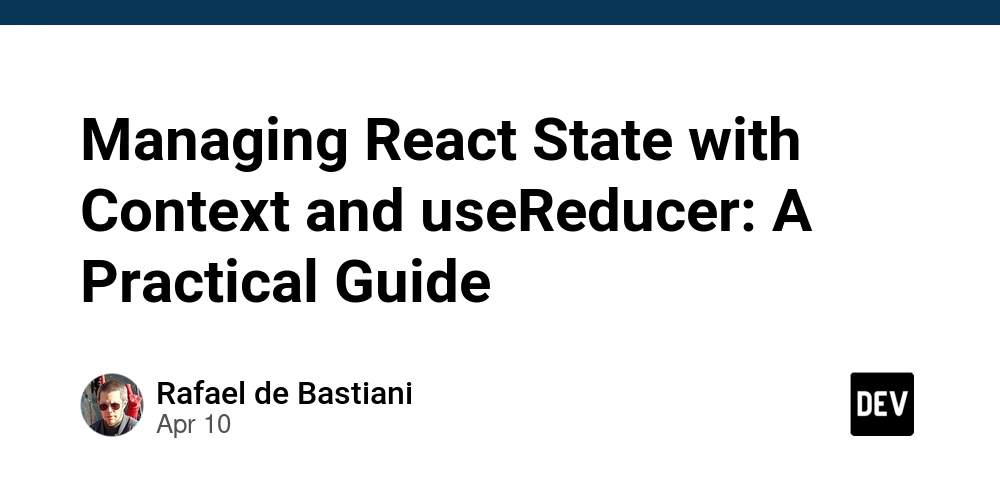Dev
2w
376

Image Credit: Dev
Managing React State with Context and useReducer: A Practical Guide
- State management in React applications can be challenging as they grow in complexity, prompting the use of React's Context API and useReducer hook for elegant solutions without external dependencies.
- React's Context API facilitates sharing global values across components, addressing prop drilling issues by avoiding the need to pass data through multiple levels.
- The useReducer hook is valuable for situations where state updates depend on previous states, complex logic needs centralization, or multiple updates require coordination.
- A practical example in this article illustrates implementing a state management system for customer data using Context API and useReducer in a React application.
- Strongly-typed definitions for customer data and actions ensure type safety, minimizing runtime errors in the state management process.
- The reducer function handles state updates immutably, generating new state objects based on the dispatched actions for predictable updates.
- A Provider component encapsulates the application state and dispatch function, facilitating the use of the context throughout the components.
- A custom hook, useCustomer, abstracts state access and dispatch logic, simplifying common operations in components while maintaining separation of concerns.
- By utilizing the Context, reducer, and custom hook, components like CustomerForm demonstrate seamless data management and state updates in React applications.
- The combined use of Context and useReducer offers centralized logic, type safety, predictable state transitions, abstraction through custom hooks, independence from external dependencies, and scalability for applications.
- Best practices include separating concerns into logical domains, optimizing performance with useMemo and useCallback, handling errors and loading states within the context, and ensuring immutable updates for React state detection.
Read Full Article
22 Likes
For uninterrupted reading, download the app